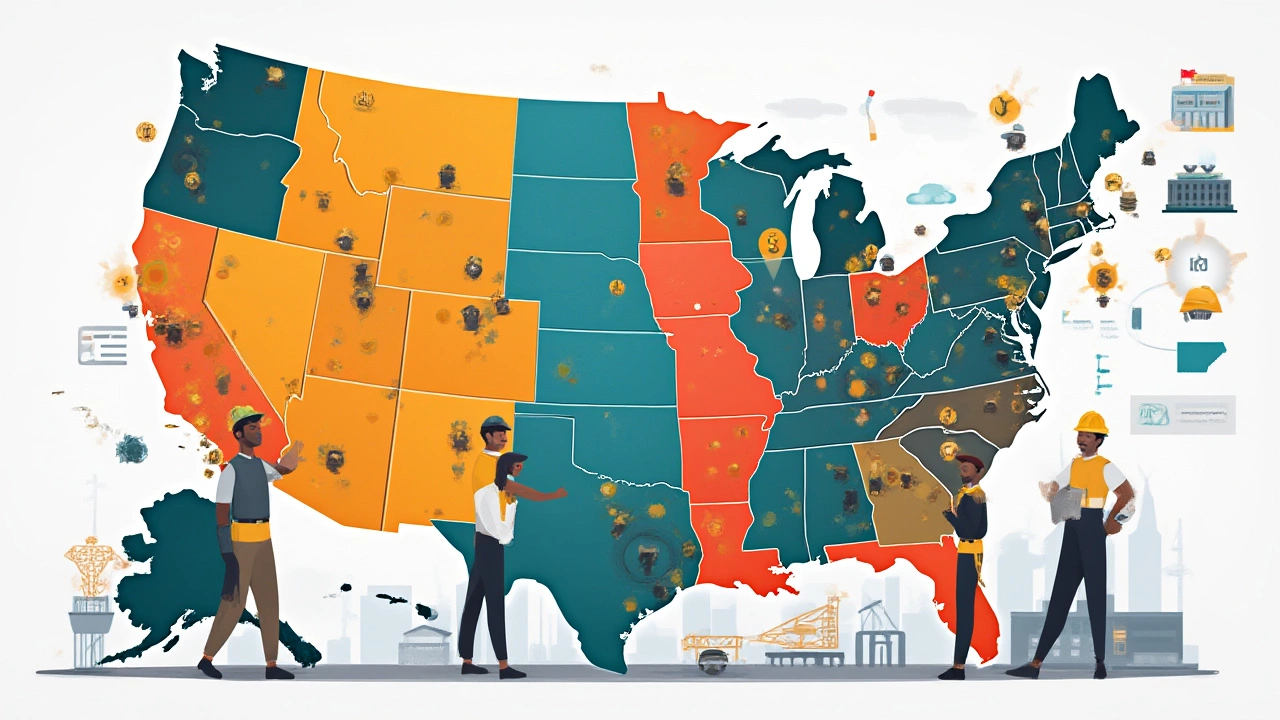Manufacturing Location Tips – Choose the Best Site for Your Factory
When working with manufacturing location tips, practical guidance on picking the right place to set up a production facility. Also known as factory site selection advice, it helps businesses balance cost, talent, and logistics. Manufacturing the process of turning raw materials into finished goods needs a location that supports efficient workflows, while Logistics the movement, storage, and distribution of products determines how quickly raw inputs arrive and finished items leave. A strong Government Incentives tax breaks, subsidies, and policy support offered by local authorities can shave millions off your budget, and a deep Talent Pool the availability of skilled workers in a region ensures you can staff the plant without endless recruitment drives. In short, manufacturing location tips encompass logistics planning, require government incentives analysis, and are heavily influenced by the local talent pool.
Key Factors to Weigh When Choosing a Site
First, map out your cost structure. Land prices, utility rates, and local taxes vary wildly across states. For example, setting up in an industrial park with special economic zone status can cut taxes by 30% or more, which directly boosts profitability – a point echoed in our post about the profitability of manufacturing in 2025. Second, examine connectivity. Proximity to highways, ports, and rail lines shortens lead times, which is essential for fast‑moving consumer goods or high‑value pharma products, topics we cover in the “Top Product Ideas to Invent” and “India’s No.1 Pharma” articles. Third, assess the skill base. Regions with engineering colleges or vocational training centers supply a steady stream of technicians and engineers, a factor that drives the success of advanced sectors like semiconductor manufacturing, as discussed in our “Is India Manufacturing Semiconductors?” piece. Fourth, consider policy stability. States that consistently upgrade infrastructure and honor incentive agreements reduce the risk of unexpected cost spikes. Finally, think about community impact. A location that aligns with local waste‑management policies, like the plastic waste rankings we explore, helps you meet environmental standards and avoid fines.
Putting these pieces together creates a decision matrix that lets you rank potential sites on cost, logistics, talent, incentives, and risk. Our collection below shows real‑world examples – from pharma giants pulling ahead with strategic plant placements to furniture makers leveraging low‑cost hubs – giving you a playbook to test your own assumptions. Whether you’re a startup hunting for a cheap prototype space or an established player expanding capacity, the insights in the articles that follow will help you turn abstract location theory into a concrete, actionable plan. Dive into the posts to see how each factor plays out in actual Indian manufacturing scenarios, and start mapping your ideal factory footprint today.
